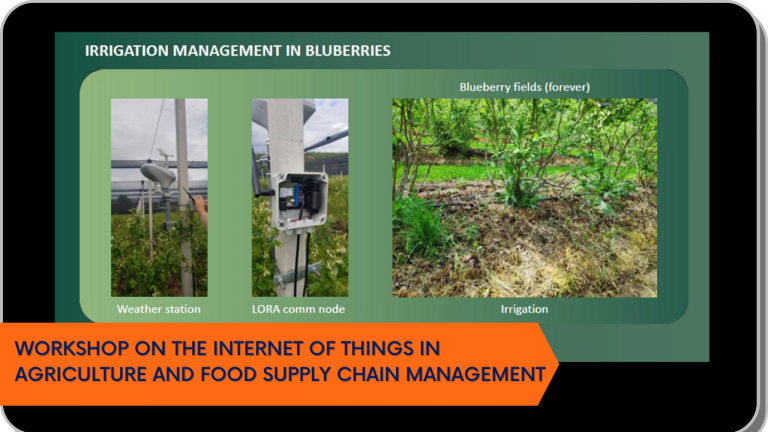
Select Page

Agrifood supply chains involve multiple stakeholders, materials, and steps. Stakeholders include farmers, processors, distributors, retailers, and consumers from different locations. The materials vary from raw materials such as a vegetable from a single source to processed ones such as precooked meals with multiple sources. The steps include farm production, harvesting, sorting, storing, processing, distributing, retailing, and consumption. Due to these various factors, product information is sometimes lost such as where it was produced, how it was processed, or what it contains. This information loss affects quality control and safety management and may reduce product value. By adopting the Internet of Things (IoT) in agrifood supply chains, information from farm to fork is now accessible, traceable, and sharable among stakeholders in easier, cheaper, and quicker ways. This information makes supply chains more productive by reducing losses and adding value to products.
To explore the use of the IoT in agrifood supply chain management, the APO organized a virtual workshop on the Internet of Things in Agriculture and Food Supply Chain Management, 9–11 March. This workshop covered the IoT in the agrifood sector with the emphasis on blockchains to mitigate disruptions, build crisis resilience, and add value in supply chain systems.
Fifty participants from 14 APO member economies attended the workshop. There were three resource persons from India, Serbia, and the USA who gave presentations and guided discussions.